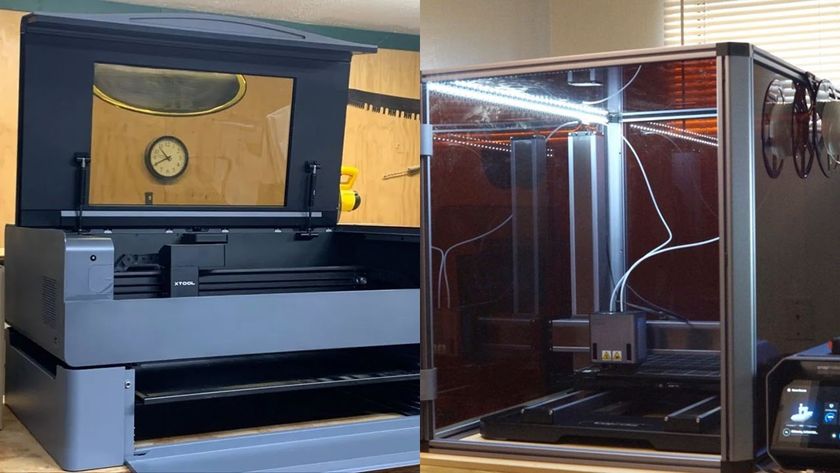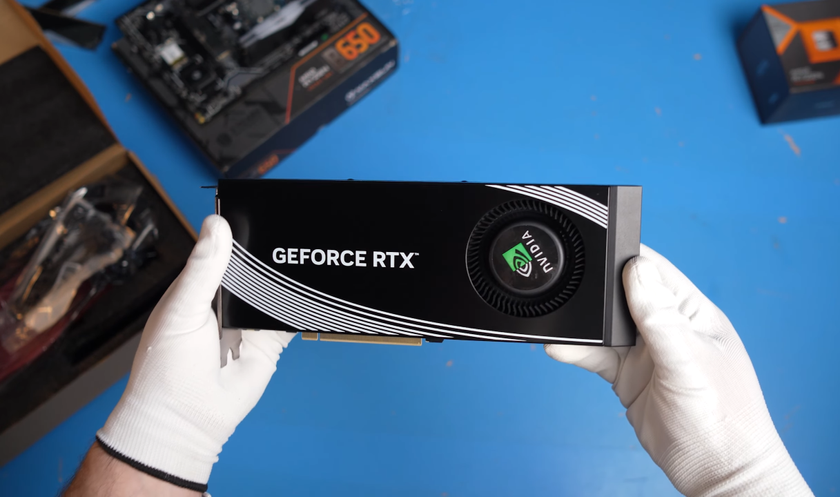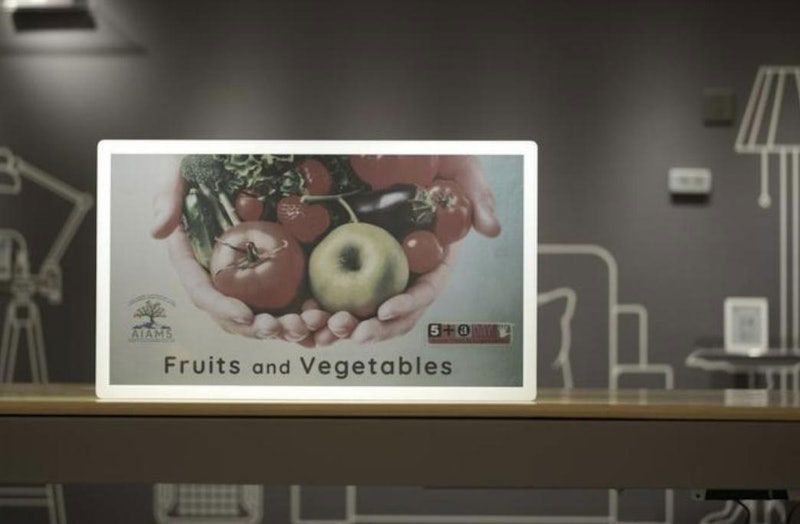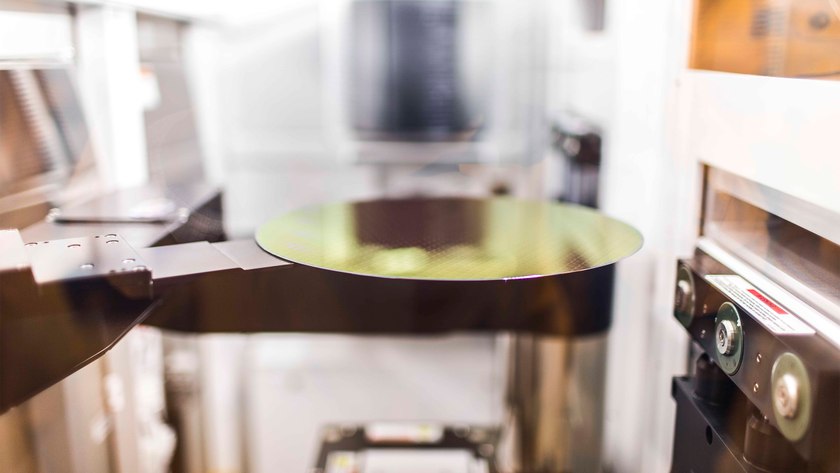Flash Forecast: Shortage Persists Into Mid-2018, Retail Pricing Steady

By now everyone has heard about the lingering NAND flash shortage. Explosive growth in data centers, personal computers, smartphones, and other devices outpace production of the precious silicon. Optimists pegged mid-2017 as the turning point, while others looked to early 2018 for a full turn around. We fell in the latter group, but as it turns out, both estimates were wrong.
Based on conversations with dozens of analysts and people inside the industry, we believe that even if 3D NAND production yields increase by the first quarter of 2018, it will take several quarters of high-volume production to turn the tables on the supply vs. demand problem. Apple will demand a large allocation of NAND for the next generation iPhone. Samsung will follow suit with a new Galaxy Note. We expect both to use dense die stack packages, which are also used in consumer single-sided high-capacity M.2 SSDs.
The next hurdle is the slower-than-expected ramp up of new 64-layer NAND for every manufacturer. This also includes Sk Hynix's 72-layer TLC. Many companies have talked about the flash, and even displayed it, but there isn't very much floating around. Third-party controller companies even have problems getting enough next-generation NAND to produce validation samples paired with upcoming controllers that are piling up.
The fabs should have acceptable yields by Q1 2018, but that doesn't mean the products we test will see a generous price decrease. The enterprise market will take as much as it can get, and the business computer market will take a sizable allocation, too. Business computers will surpass an SSD attach rate of over 50% for the first time. The average capacity size should be right around 256GB, an increase from the previous year.
Retail SSDs come after the enterprise, mobile, and business contract markets. All will experience increased demand until Q2 2018, and we will have to wait even longer for retail SSD prices to shrink. Companies start to order for the holiday season in Q3, which means another uptick in demand just when things start to settle down.
When we add up these factors it puts retail consumer SSDs on track to stay at current price levels until very late 2018 or into early 2019. There will be some price changes, but nothing significant will change for most of 2018.
Stay On the Cutting Edge: Get the Tom's Hardware Newsletter
Get Tom's Hardware's best news and in-depth reviews, straight to your inbox.
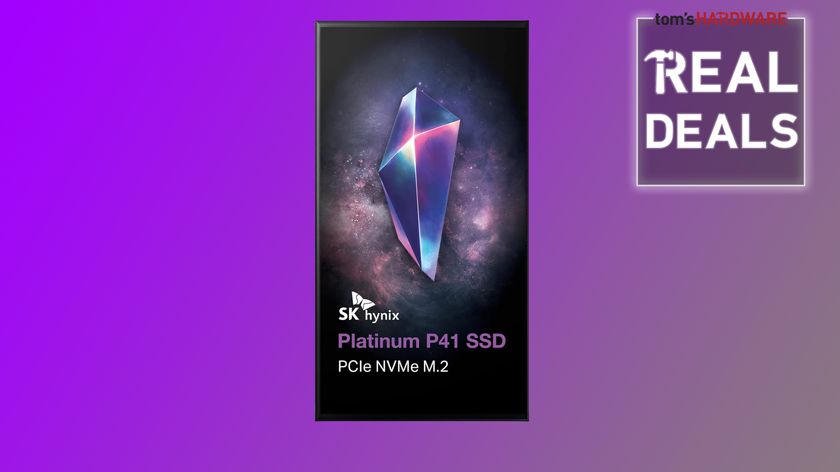
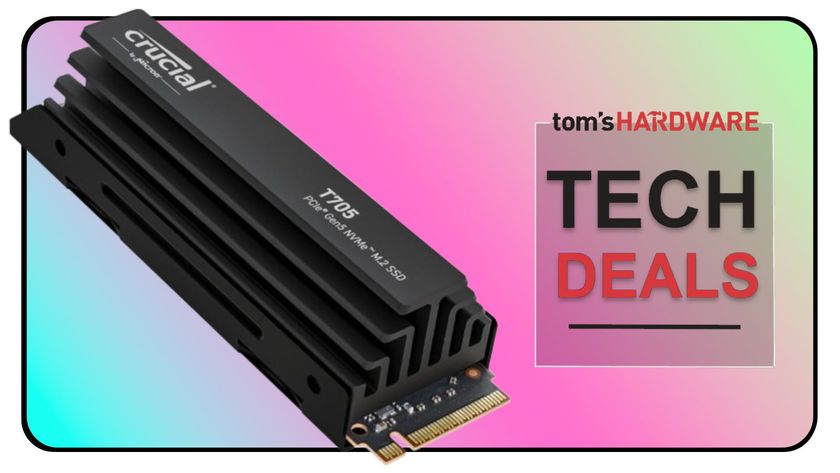
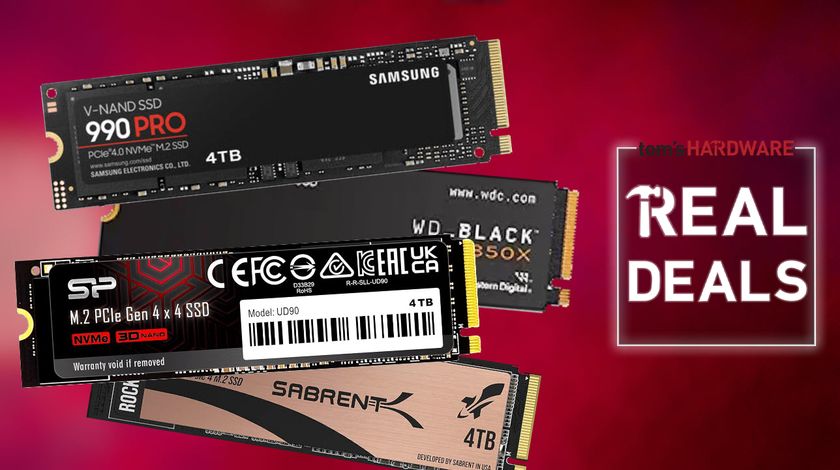
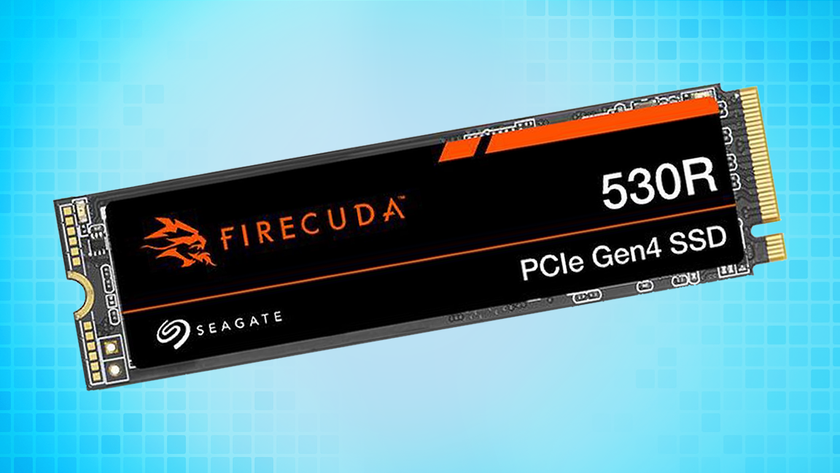
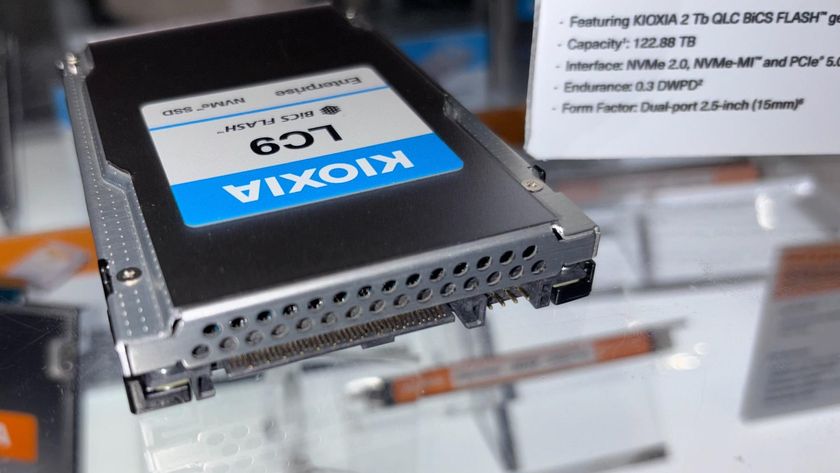
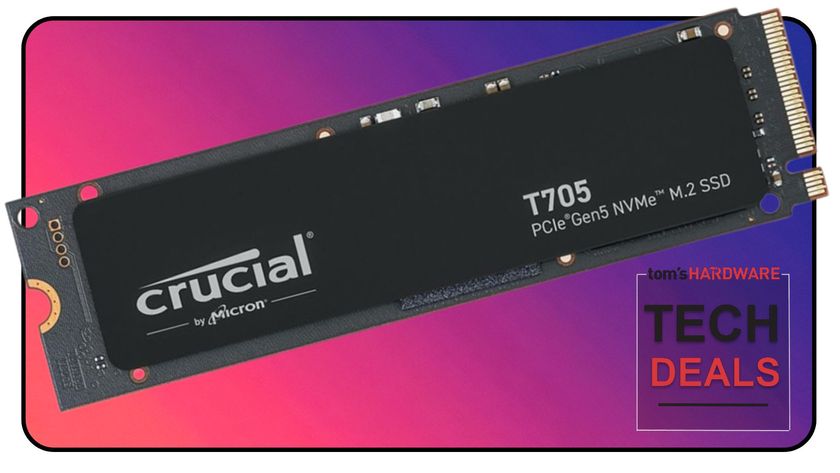
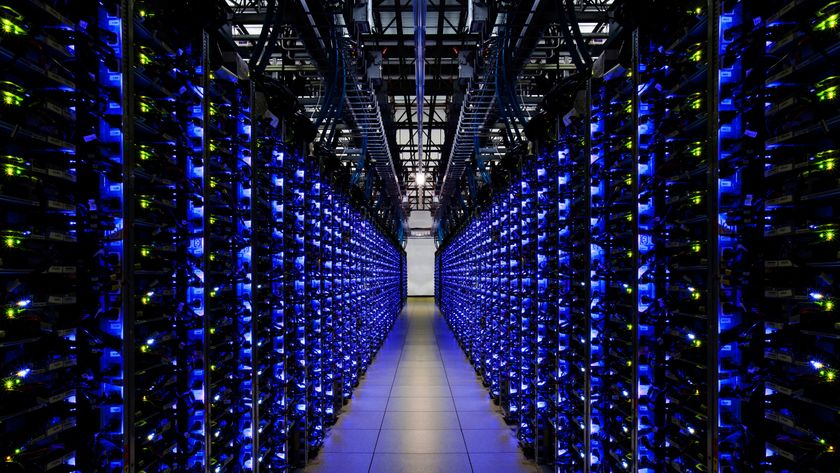
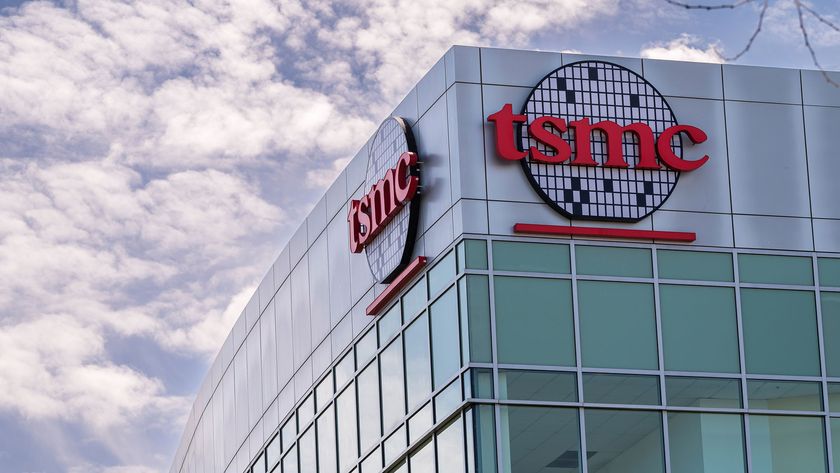
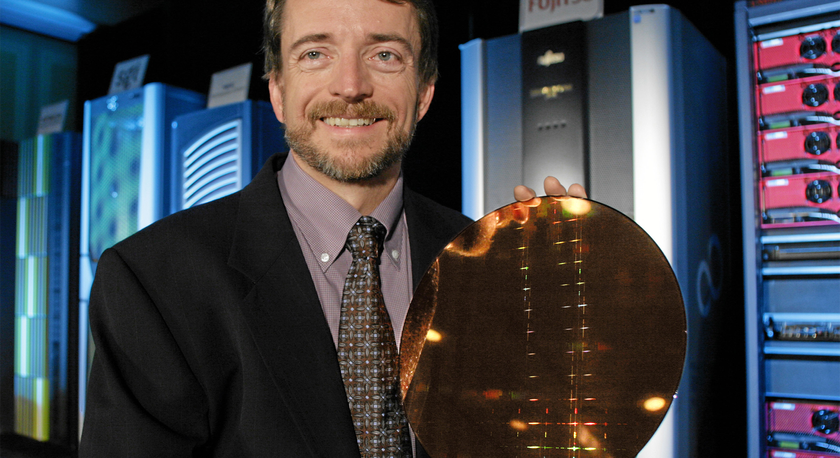
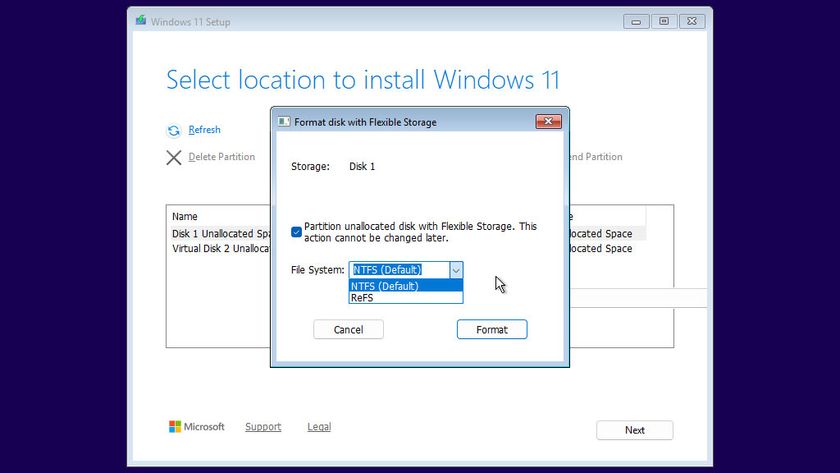
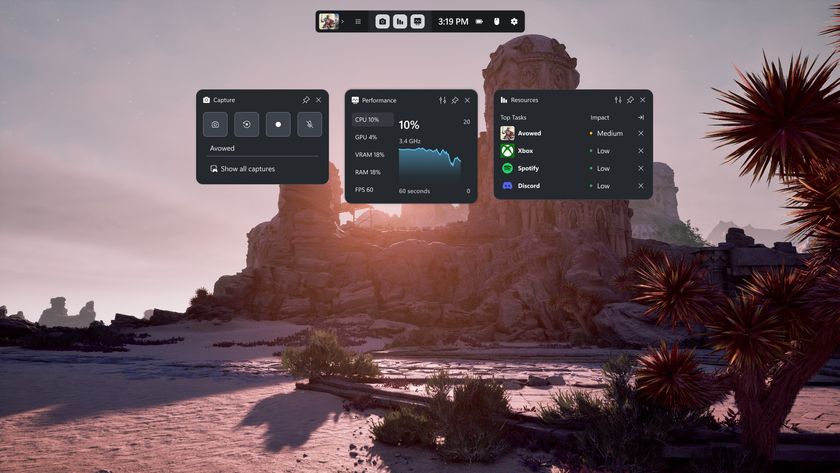

-
takeshi7 I smell collusion and price fixing. It's not like the DRAM/NAND manufacturers haven't done it before, and it's extremely fishy that all of them decided to shut down their fabs to transition to 3D all at once.Reply -
hannibal It means that prices will get higher, because demand is higher than production.Reply
It also means that the prices will stay high quite long after the shortage is getting better. New ssd 2019? -
dudmont Reply20049838 said:I smell collusion and price fixing. It's not like the DRAM/NAND manufacturers haven't done it before, and it's extremely fishy that all of them decided to shut down their fabs to transition to 3D all at once.
The efforts required to hold a collusion group together aren't ever strong enough, the incentive to cheat is always stronger. One word, OPEC. ;) -
I agree collusion is likely. Remember the collusion of RAM in from 1998 to 2002? The key playersReply
"Among the companies involved were major electronics players including Hitachi, Hynix, Samsung and Toshiba."
Do any of these companies sound familiar? -
takeshi7 Reply20049996 said:I agree collusion is likely. Remember the collusion of RAM in from 1998 to 2002? The key players
"Among the companies involved were major electronics players including Hitachi, Hynix, Samsung and Toshiba."
Do any of these companies sound familiar?
Don't forget about Micron and Infineon, who were also found guilty.
-
plateLunch Where are the Samsung fabs located? You ain't seen nothing yet in prices if North Korea blows up the Samsung fabs.Reply -
CRamseyer Samsung has a couple in South Korea and a couple in China that produce NAND. I thought about adding something about that but thought best to leave it out. North Korea has threatened war a few times a year for the last thirty years.Reply
The other variable is Toshiba vs. Western Digital/SanDisk. I also left that out because I can't predict the outcome. -
mikewinddale "That's why you'll now be able to use up to four CPUs and up to 6TB of memory, which is double and triple, respectively, what's supported in Windows 10 Pro right now."Reply
I'm confused. This implies that until now, Windows has only supported 2 CPUs. But consumer-grade Intel Core processors have been quad-core for a long time now. And I've never heard of anyone having problems with 6/8/10/12-core Broadwell-E processors in Windows. Nor have I heard any problems with using Ryzen with Windows.
And I've got a quad-core AMD with multithreading, and Windows has no problem acting as if it has 8 logical CPUs.
So what's the story?

